Why Greens should love fracking
The technology is essential for reducing coal emissions and pollution
Except for wood, coal is by far the worst violator of carbon emissions, air pollution, and human health. If Greens are to achieve anything like their stated goal of global Netzero in 2050, it will require a complete elimination of coal-burning plants throughout the world.
Greens assume that there is only one way to do this, but they are incorrect. As I have argued in other posts, we need to complete the Third Energy Transition by replacing coal (and over the long run petroleum) with a blend of natural gas, nuclear power, and hydroelectric power.
The exact energy blend will vary by region due to geography and local cost structure. Solar, wind, and geothermal can help out in some unusual geographic areas, but natural gas, nuclear power, and hydroelectric power need to do the heavy lifting globally.
In the United States, natural gas is an absolute no-brainer, and Greens should support it. Just as important they should support exciting new technologies that enable us to explore for and recover natural shale gas.
This is good for the economy and good for the environment because natural gas is the only energy source that can cost-effectively replace all uses of coal. And coal (along with wind) is by far the highest carbon emitter per unit of energy.
A plan to reduce global carbon emissions that does not include replacing coal with natural gas, nuclear and hydro is simply not viable, particularly in Asia which has the majority of the world’s population. Solar and wind simply cannot do the job. Not in the United States, nor in Asia.
The following is the first in a series of excerpts from my second book Promoting Progress: A Radical New Agenda to Create Abundance for All. You can order e-books at a discounted price at my website, or you can purchase full-price ebooks, paperback, or hardcovers on Amazon.
Other books in my “From Poverty to Progress” book series:
See also my other posts on Energy:
The Shale Revolution
A rapid transition from coal to natural gas has occurred in the United States over the last 15 years. In 2007, the United States consumed enough coal to produce 2 trillion kilowatt hours of electricity. By 2020 this amount had been cut by almost two-thirds to 773 billion (EIA). Meanwhile, natural gas consumption almost doubled (from 897 to 1624).
The result was a substantial decline in American carbon emissions. Of the 819 million metric tons decline in CO2 emissions between 2005 and 2019, a full 65% of that decline was caused by replacing coal plants with natural gas plants. Only 30% of the decline was due to renewables and energy efficiency (EIA).
The above graphic clearly shows natural gas eating into coal in electricity production. But remember that coal also has industrial applications that do not show up in data on electricity. One can also see gas gaining market share from coal in overall energy consumption.
For those who think that solar and wind are replacing coal, I urge you to accept my challenge to prove that increased solar and wind production actually leads to the decommissioning of coal plants.
While increasing energy efficiency and increasing solar/wind output played some role in lowering coal combustion, it was the Shale Revolution that was the main cause.
In the early 2000s, many energy experts and virtually all environmental activists were sure that the United States was running out of crude oil and natural gas. Since the early 1970s, domestic production had been gradually declining, while imports were increasing. The same was happening to oil-producing countries all over the world. “Peak oil” had supposedly been reached not just in the United States, but also in the rest of the world.
Then the Shale Revolution hit, and everything changed.
What is Shale gas?
Until about 2005, natural gas came almost exclusively from conventional fields. In conventional fields, natural gas and crude oil migrate upward to a basin until they hit a cap rock. This creates a large underground reservoir (something like an upside-down swimming pool full of gas instead of water). Drillers can then drill down into that reservoir, punch through the cap rock, and the underground pressure pushes the oil and gas up to the surface.
Shale oil and gas are very different. Instead of being trapped in large reservoirs, shale gas is a natural gas that's trapped within a formation of shale rock. Shale rock is a fine-grained sedimentary rock with many small pores that contain gas.
The chemical composition of shale gas is:
70-90% methane (CH4). This is what shale gas drillers are searching for. It is also a by-product of shale oil drilling
Varying amounts:
Other hydrocarbons, such as ethane, propane, and butane (which can be burned or used as a chemical feedstock)
Nitrogen, which is inert and harmless to the environment.
This is not your father’s oil and gas
Shale oil and gas is so different from conventional oil and gas that they require fundamentally different technologies and extraction techniques. Typically, shale drillers are searching for either shale oil or shale gas, not both.
Which fossil fuel drillers look for is determined by:
Local geology (certain shale plays have more of one than the other)
Skills and experience of the specific drilling company and employees
Current market price
Proximity to natural gas pipelines (oil can easily be trucked out, while natural gas cannot).
While conventional drilling goes straight down through a formation, shale drilling goes horizontally along the formation. It was only with the technological innovations of horizontal drilling, multilateral drilling, hydraulic fracturing, micro-seismic imaging, sliding sleeves, and 3D computer modeling that this became possible (Zeihan 2016).
What is fracking?
Hydraulic fracturing, often called “fracking,” consists of pumping a mixture of 90% water, 9.5% sand, and a few other chemicals under high pressure to crack the shale rock and release the trapped oil and gas. The sand holds the microscopic cracks in the shale rock open so that the oil and gas can then be pumped to the surface under pressure.
At first, drillers used water from the surface, but they later learned that brackish underground water found during the drilling process is far cheaper. So the process no longer consumes large amounts of surface water.
And the graphic depicting a shale gas drilling site above is a little deceptive as it depicts only one horizontal pathway. That was the rule around 2008, but the technology has advanced quickly since then.
A typical shale drilling pad consists of one small cement pad with one drill rig on the surface and dozens of miles of drilling pipes all going to different depths and in different directions. This means that shale pads have a very small land footprint while gathering a large amount of oil and gas. Micro-seismic imaging enables drillers to drill exactly where the oil and gas are located, drastically lowering the failure rates.
Conventional drilling for oil and gas typically requires decades of exploration, drilling, and extraction, particularly if the site is offshore. Shale sites typically take less than a month, perhaps two for very difficult sites.
Whereas conventional drilling leads to large amounts of oil and gas as soon as the well is drilled, with declining output over time, shale gas extraction can be modulated according to market conditions. Drillers can cap the well so they can strategically release the oil and gas when the price is high, and each of the separate pipes can be capped and uncapped separately. This helps to keep energy prices steady over long periods of time. As the technology improves, drillers can go back to previously-drilled holes and extract oil and gas that was unreachable just a few years before.
Drillers can also drill when their labor, capital, and interest rates are affordable, and only sell when the price is high, so there are no worries about matching labor/capital to sale. Shale production is onshore, so it is nowhere near as vulnerable to hurricanes, storms, and spills.
All of the above drastically reduces capital costs, time delays, and risk. This makes it much easier for shale drilling to keep energy abundant, affordable, and secure.
Declining cost of natural gas
All of these technological innovations have drastically cut the cost of oil and natural gas in the United States. Shale oil prices dropped from $90 per barrel in 2012 to $40 per barrel in 2017. The United States can now produce oil almost as cheaply as Saudi Arabia, the lowest-cost producer in the world, and cheaper than Russia and other OPEC nations. Even lower prices seem very achievable. These prices would have seemed like science fiction back in 2000 (Zeihan 2016).
Shale gas is now cheaper than coal, which is a huge boom if the coal is reducing carbon dioxide emissions, air pollution and water pollution.
Shale gas is now so inexpensive that it is driving American and Canadian conventional gas producers out of business. The sale price of shale gas is now one-third of the production costs of conventional gas. There is no way that conventional producers can compete with such a price discrepancy.
As of today, shale gas is almost exclusively an American phenomenon. If the Shale Revolution spreads to the rest of the world, it would be one of the most important energy revolutions in world history. It would complete the Third Energy Transition. The only force stopping this revolution are Green policies that make the exploitation of shale gas illegal, or at least very expensive.
Shale gas is a revolutionary energy source because it is so widespread globally. Substantial shale gas fields are located in every region, and in seven of the ten most populous nations:
India (the largest population in the world)
China (second most populous)
USA (third most populous)
Indonesia (fourth most populous)
Pakistan (fifth)
Russia (ninth)
Mexico (tenth)
In addition to the above, substantial shale gas fields are located in the following economically important nations:
In Europe, the United Kingdom, France, Germany, Poland, Romania, and Ukraine.
And this is just the beginning. Based on past performance, it is very likely that new fields will be discovered and the technology to exploit them will get more and more cost-effective.
The known shale deposits are already greater than all conventional deposits in Saudi Arabia and Russia combined. The main problem with shale fields is that each has individual characteristics that require high levels of expertise to locate and extract oil and gas. Currently, only American companies have that expertise (Zeihan 2016).
Ironically, shale gas is a byproduct of the production of shale oil. Many shale fields, particularly in the Dakotas, are venting off shale gas because there are no gas pipelines in the region via which to transport the gas to markets. Not only is this bad for the environment, but it is also failing to capture highly profitable energy resources. Completing pipelines to shale oil and gas fields should be a national priority.
So why don’t Greens support drilling for shale gas globally?
Subscribed
The above is the first in a series of excerpts from my second book Promoting Progress: A Radical New Agenda to Create Abundance for All. You can order e-books at a discounted price at my website, or you can purchase full-price ebooks, paperback, or hardcovers on Amazon.
Other books in my “From Poverty to Progress” book series:
See also my other posts on Energy:














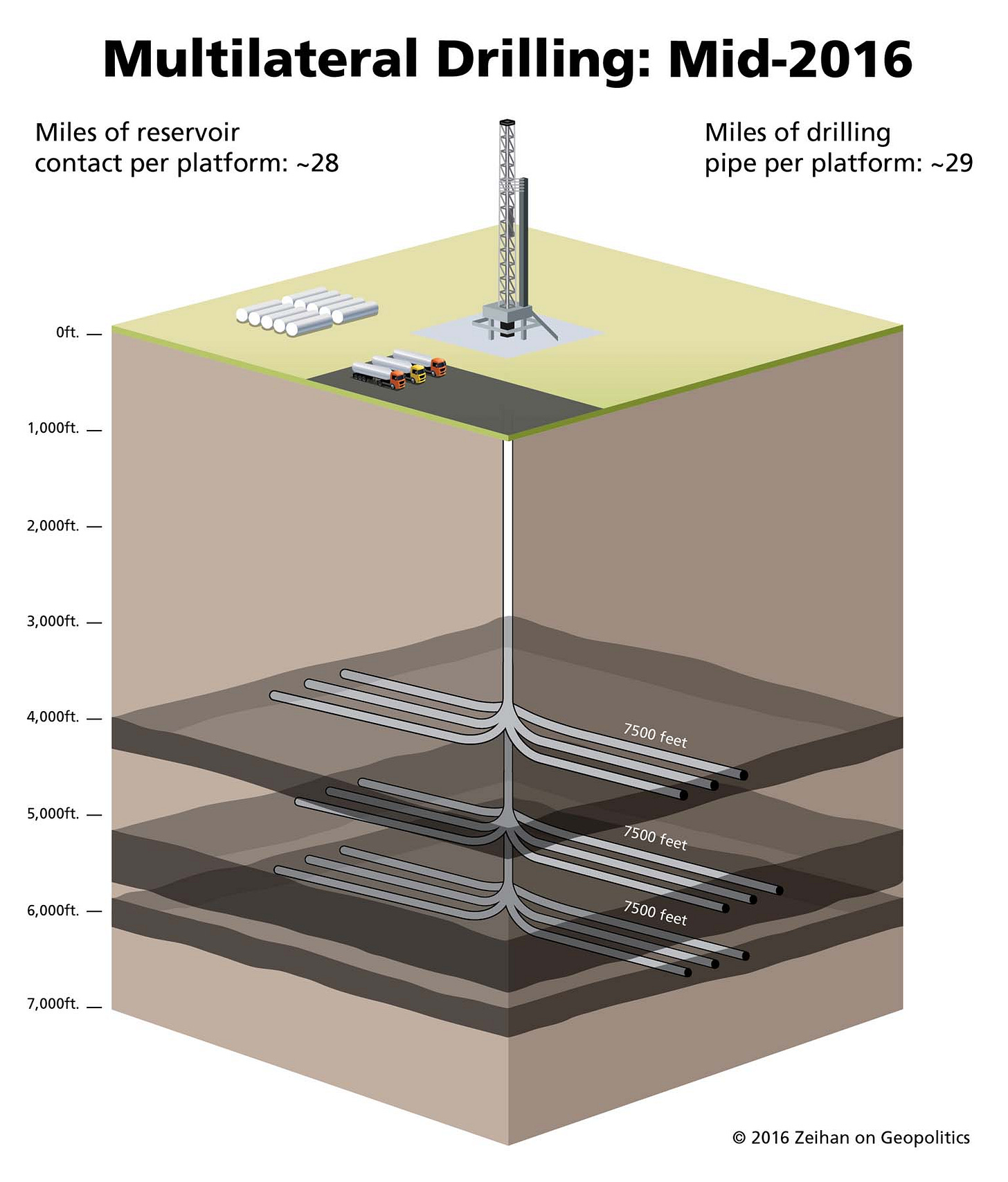
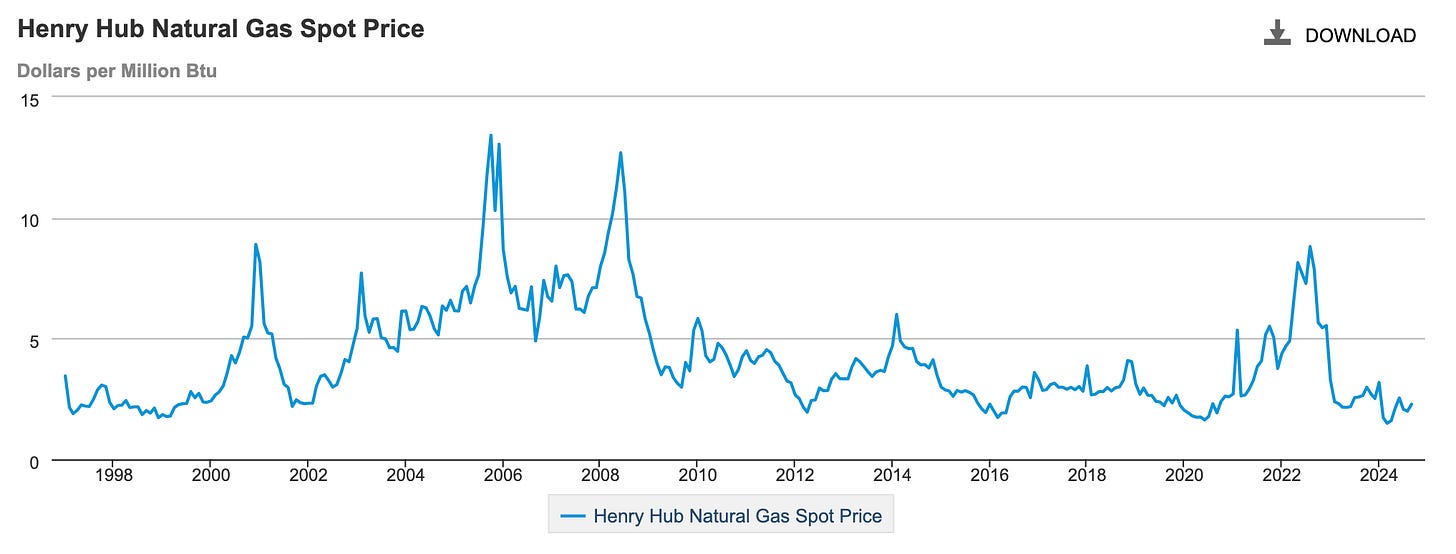


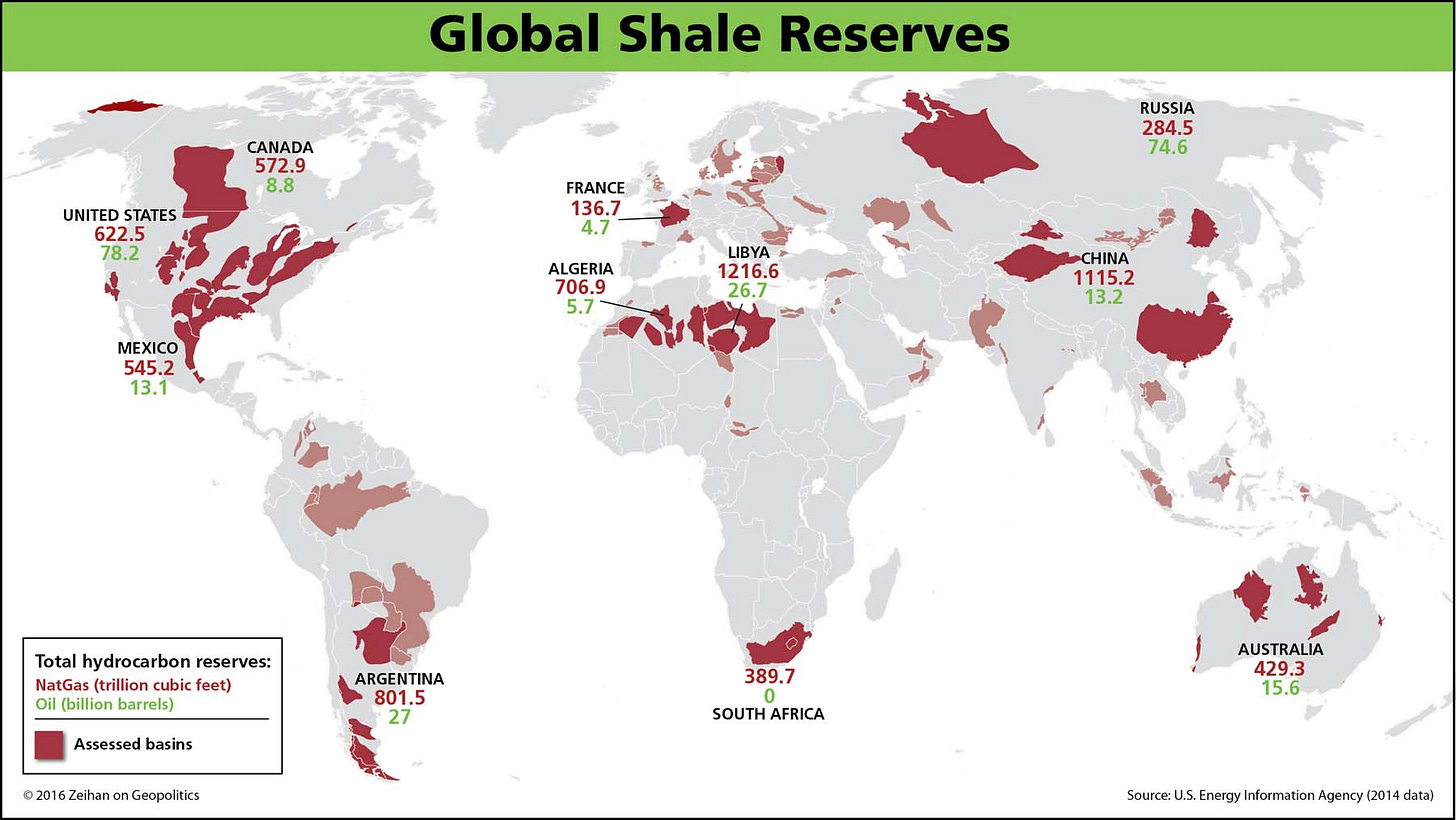
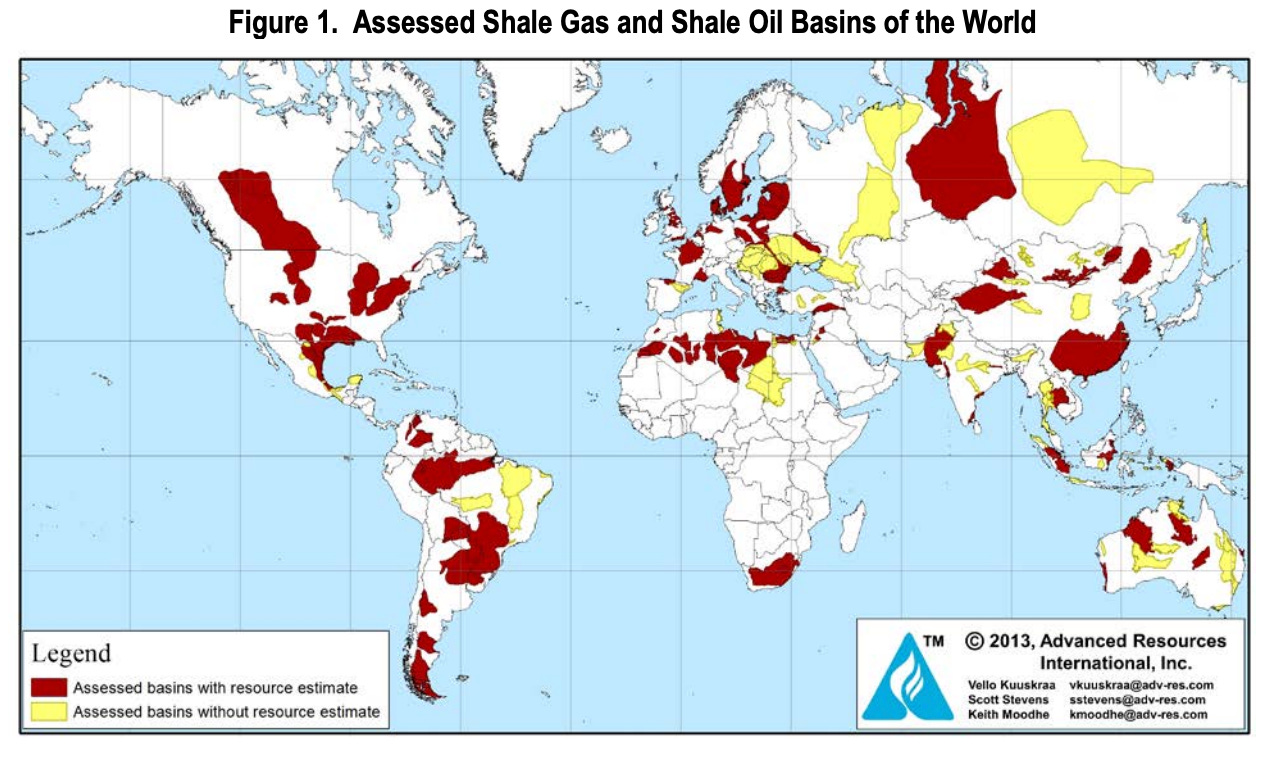
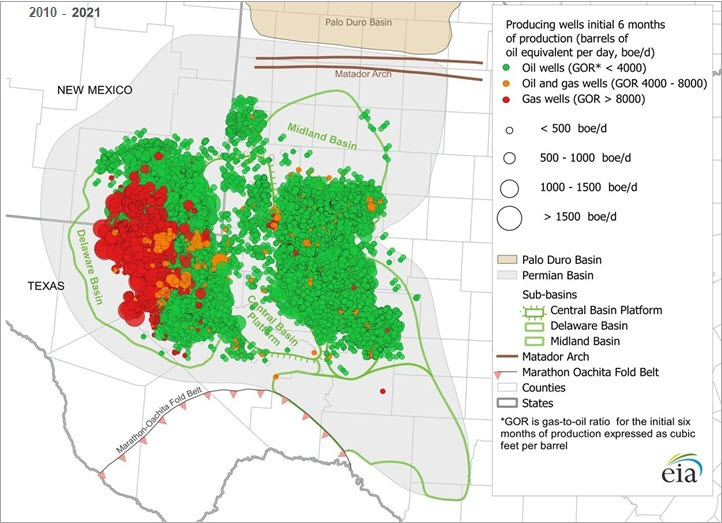
Thanks for another great article that changed my opinion by informing me. Your and Smil’s writing has a lot in common, and my favorite quality is the directness of it.
H/t @Green Leap Forward @Michael Magoon
Great piece, we missed Michael.
Interesting. Is production in the Marcellus still growing faster than the Permian, or are we reading graph wrong?